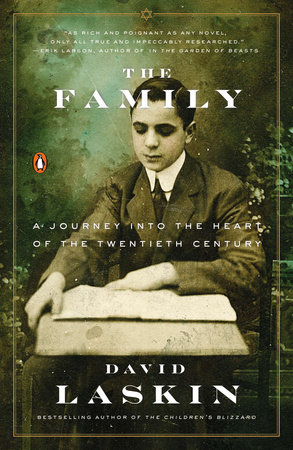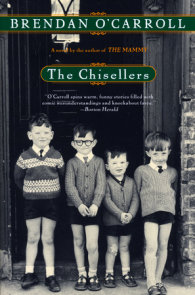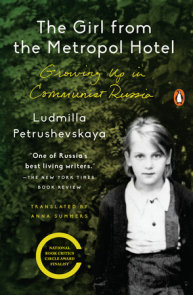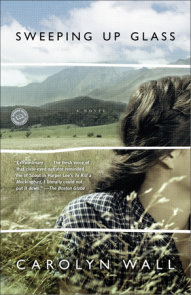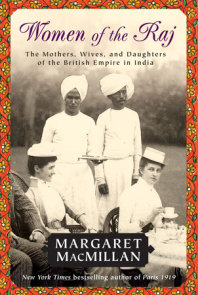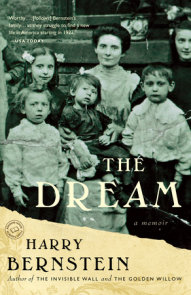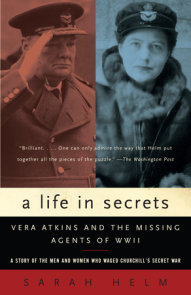READERS GUIDE
Questions and Topics for Discussion
INTRODUCTION
David Laskin has written the story of his family, and in doing so he has given us a sweeping historical account of the Jewish experience in the twentieth century. Opening on the western edge of the Russian Empire at the turn of the last century, The Family tells the story of a Torah scribe and his wife, and how their descendants took three dramatically different journeys spanning multiple continents and two world wars. In following his family’s triumphs and hardships with rapt concern, Laskin has crafted a diaspora story that is at once intensely personal and resoundingly universal.
In the pages of The Family, we learn how some of Laskin’s ancestors voyage west to the crowded tenements of New York City’s Lower East Side, some stay in the yeshiva town of Volozhin in the midst of bitter Tsarist pogroms, and some struggle to establish a burgeoning agricultural village in Palestine’s Hefer Valley. Using sources that range from gripping family letters to U.S. Census records to archival Holocaust testimony, Laskin masterfully animates one family’s journey with skill and ingenuity. The Family is the dazzling product of impeccable research and expert storytelling.
Though they descended from a long line of Torah scribes, Laskin’s relatives went on to become entrepreneurs in a new world, warriors at the frontlines of World War I, pioneers at the frontier of a spiritual homeland, victims among the millions that tragically perished under Nazi rule. There is even a tycoon on the family tree—a four-foot-eleven-inch immigrant named Ida Rosenthal who was the dynamo behind the Maidenform Bra Company. Laskin’s exploration stands as a testament to the tangible ways in which we all, inevitably, are shaped by history. A love song to the art of genealogy, The Family will inspire readers to investigate their own origins.
ABOUT DAVID LASKIN
David Laskin was born in Brooklyn and raised in Great Neck, New York. He is the bestselling author of The Children’s Blizzard, which won the Washington State Book Award and Midwest Booksellers’ Choice Award for nonfiction. The author of several other works of nonfiction, Laskin writes for the New York Times and the Washington Post. He and his wife, the parents of three grown daughters, live in Seattle.
DISCUSSION QUESTIONS
- David Laskin writes in his introduction that as he conducted research for The Family,he came to discover that many of his family stories weren’t exactly accurate (for example, the claim that Stalin’s henchman Lazar Kaganovich was a relative of theirs). How and why do you think family myths originate? Are there legends or oral histories in your own family that you’ve come to question? Discuss some of the ways family stories can be corroborated or debunked.
- Laskin writes: “My grandparents and their cousins were born into a world of tradition and religion that had lasted for centuries and died in the course of four years.” What role does tradition play in binding your own family together? What are some of the unique traditions that your family honors? What is lost without tradition? What is gained when tradition is preserved?
- On the eve of the Nazi push into Russia in June, 1941, Doba wrote one final postcard from Vilna, the last line of which reads, “May there be peace and then we could see each other” (p. 237). Do you think the American relatives could have done more to get Doba and her husband and children out of Europe? Discuss how the family members on both sides of the Atlantic coped with their helplessness in the face of war and genocide.
- In the chapter “Socialist in a Black Satin Dress,” we see Itel on the verge of financial success balancing American capitalism with the socialist ideals that shaped her as a young woman. Is it even possible to reconcile these ideas? Was Itel fooling herself—or was she being hypocritical? What are some of the ideological contradictions that you have wrestled with in your own life?
- All three of the Cohen brothers were eligible for the draft when America entered the Great War in 1917, but only Hyman became a soldier. How do you suppose this experience affected his relationship to America? To Germany? Do you think his service in the First World War influenced his views on America’s role in the Second World War? All of the relatives who immigrated to the United States enjoyed some version of the American Dream. What does The Family have to say to today’s immigrants? What is different about the American Dream that many immigrants aspire to today?
- How does Laskin’s writing about early battles between resident Arabs and Jewish settlers in the Middle East help to contextualize the ongoing conflict in the region?
- Discuss the style and structure of the book. Did you think the language in which Laskin tells the story is well-suited to the subject? What about the way the narrative shifts from one branch of the family to the other? Did this tripartite structure work or did you find it confusing? Choose a paragraph to read aloud and analyze.
- There are a number of compelling, memorable figures in the book—Itel, Sonia, Doba, Avram Akiva, Shalom Tvi. Which one did you relate to most intensely and why? If you had the opportunity, which one would you most like to meet? What would you ask him or her?
- The Family explores the author’s maternal grandmother’s lineage. Which side of your family might you like to study further and why? Where in your ancestry would your own book begin? Where would you end it?









